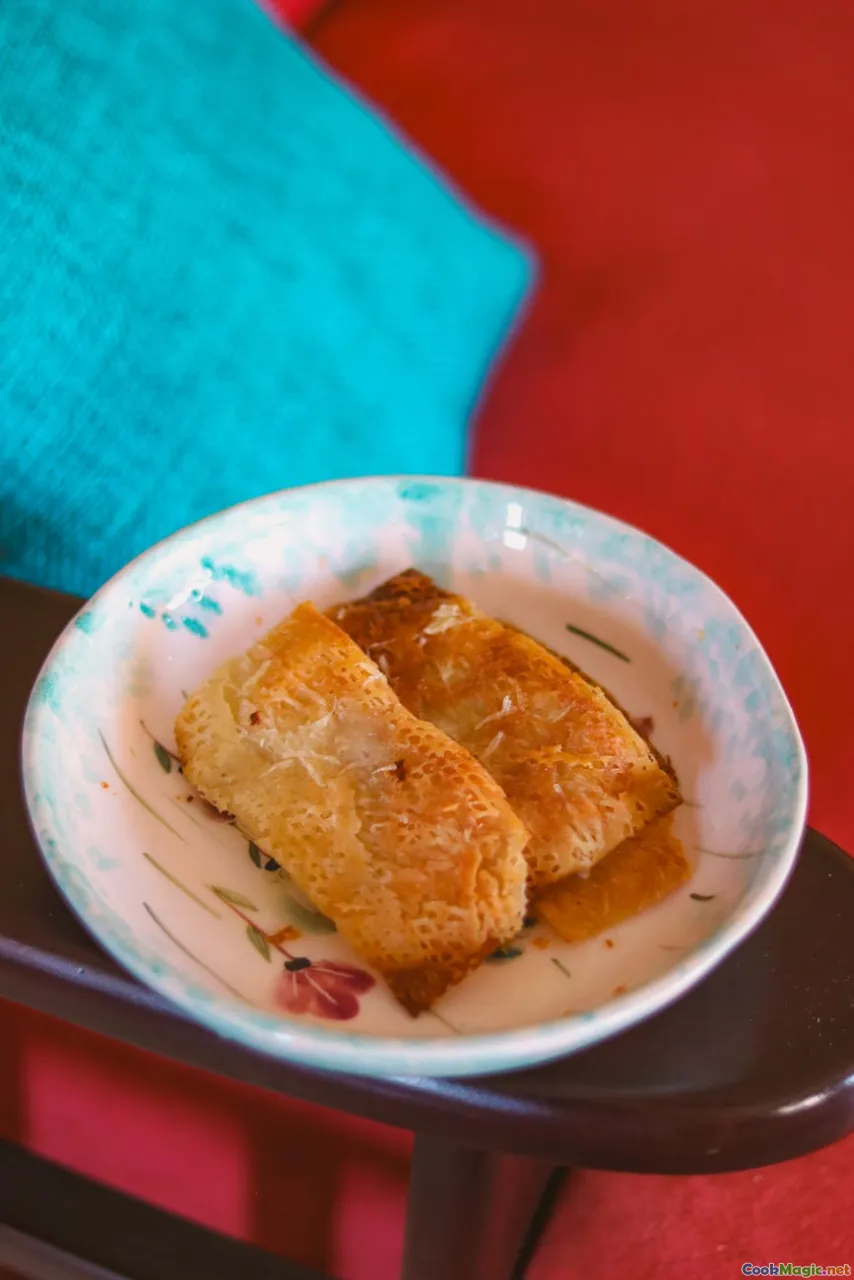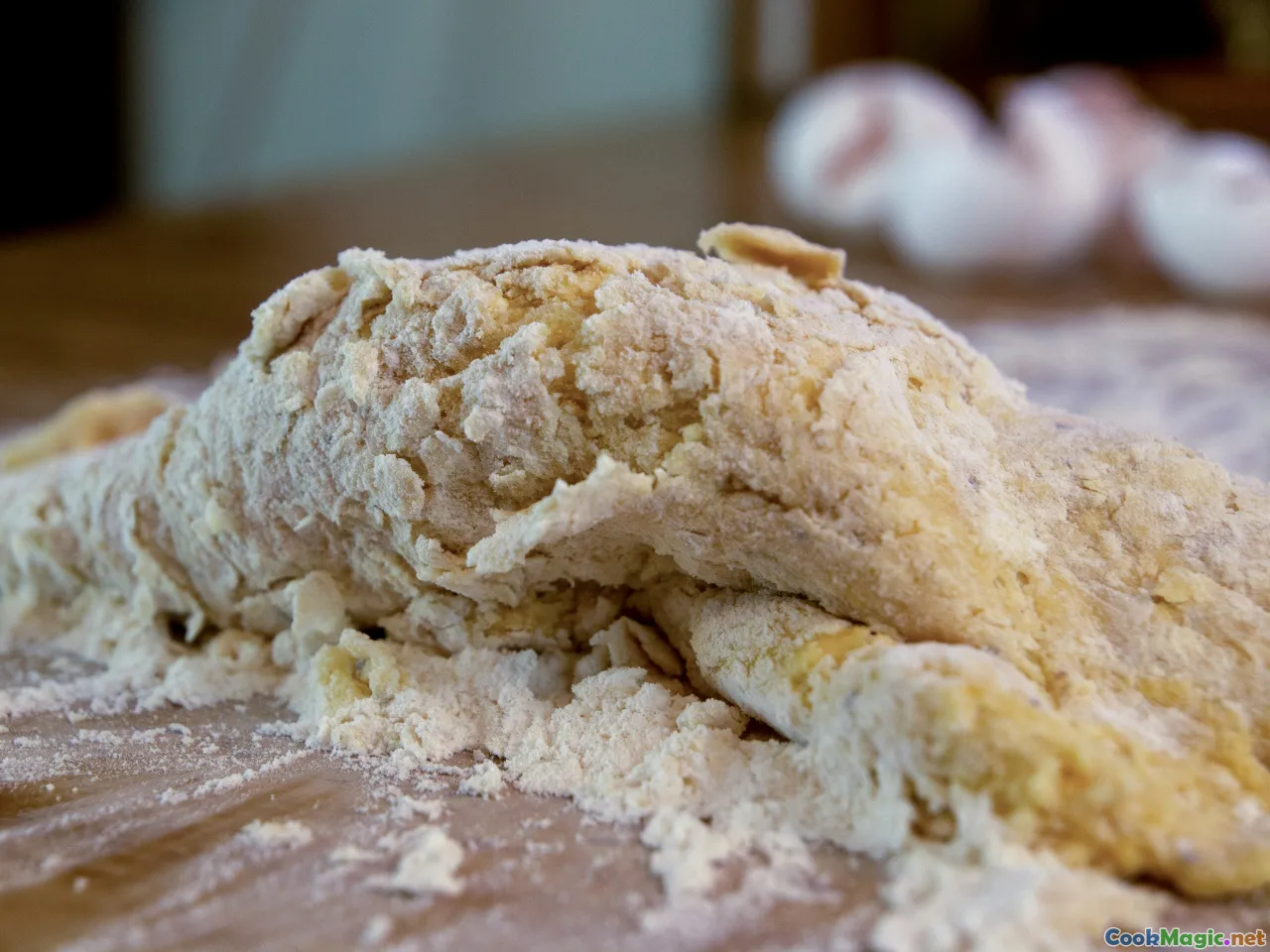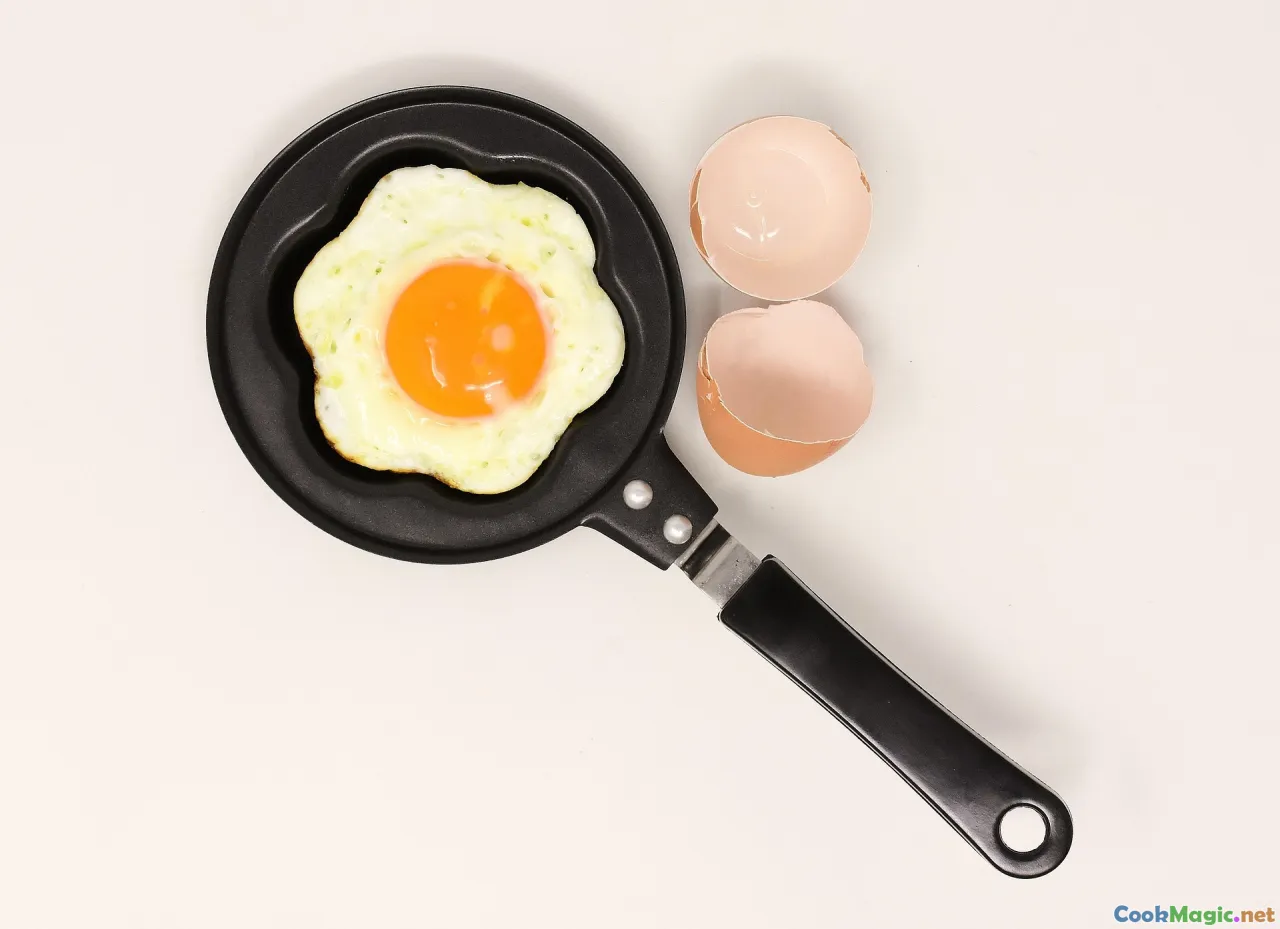How to Make Czech Fried Cheese Crunchy and Golden
11 min read Learn the secrets to achieving perfectly crispy, golden Czech fried cheese with authentic techniques and tips. August 20, 2025 00:05
How to Make Czech Fried Cheese Crunchy and Golden
Few culinary delights evoke comfort, nostalgia, and a sense of cultural pride quite like Czech smažený sýr—fried cheese. This dish, beloved across the Czech Republic and increasingly celebrated worldwide, is more than just a snack or a meal; it’s a tactile experience that engages all senses. The iconic golden crust, crisp and satisfying, encases a gooey, melty core that invites you to savor its rich, salty flavor with every bite.
In this deep dive, I’ll guide you through the art of creating the perfect Czech fried cheese. We’ll explore how to achieve that irresistibly crunchy crust, discuss key ingredients, historical roots, and share personal insights from my years of culinary exploration into Czech cuisine. Whether you're a seasoned home cook or a curious food enthusiast, by the end, you'll be equipped to craft this golden delicacy with authentic flair.
The Cultural Significance of Fried Cheese in Czech Cuisine

Fried cheese, or smažený sýr, is more than just a fry-up—it's a symbol of Czech culinary comfort and conviviality. Historically emerging post-World War II, during times of scarcity, it became an accessible, hearty dish made from simple ingredients—cheese, breadcrumbs, flour, and eggs—that brought warmth and satisfaction to families all across Bohemia and Moravia. Today, it’s served as a staple in pubs (hospody), family gatherings, and festive markets, reflecting Czech hospitality and communal spirit.
The dish often appears at outdoor festivals, where vendors man sizzling pans of golden goodness, enticing passersby with its delicious aroma. It’s comfort food that’s both humble and celebratory, rooted in year-round traditions. The Czech passionately believe that the best fried cheese is not just about taste but about evoking nostalgia and shared memories.
Selecting the Perfect Cheese for Authenticity

The cornerstone of great fried cheese is, naturally, the cheese itself. The traditional choice is Edam or a similar semi-hard cheese with a firm texture and mild, slightly nutty flavor. The cheese should be sliced into approximately 1.5–2 cm thick pieces—thick enough to withstand frying without falling apart, yet not so bulky as to overtake the crispy coating.
Personal tip: Some cooks prefer using SchweizerkäseorValašský Sýr, locally sourced cheeses with a distinctiveness that adds authenticity. Experimenting with cheeses like Gouda or a sharp young cheddar can also yield delicious results, but remember, the aim is a cheese that melts just enough to create that gooey center.
Preparation involves cooling the cheese slices thoroughly, even a brief stint in the fridge, to maintain their shape during frying.
Crafting the Perfect Breading: Coating with Purpose

A golden, crunchy crust hinges on the right breading technique. The traditional breading process involves three key steps: flour, egg wash, and breadcrumbs.
Step 1: The Flour Coating
Start by lightly dusting each cheese slice with all-purpose flour, seasoned with a pinch of salt and pepper. This layer creates adhesion for the egg wash and helps achieve an even, crisp exterior.
Step 2: The Egg Wash
Beat eggs with a splash of milk or water until smooth. Dipping the floured slice into this mixture allows the breadcrumbs to cling securely, forming that characteristic crunchy shell.
Step 3: Breadcrumbs
Use fresh or slightly toasted plain paniers or seasoned breadcrumbs for added flavor. For a truly authentic Czech twist, mix in a pinch of caraway seeds or powdered paprika for visual appeal. Press the breadcrumbs gently onto the cheese to ensure they adhere well.
Pro tip: For an extra crunch, you can double-coat the cheese—dip once more in egg, then breadcrumb again.
The Art of Frying: Achieving Crunchy, Golden Perfection

At the heart of the dish’s appeal is the frying process. Precision here is key. Use a deep, heavy-bottomed pan—such as a cast-iron skillet—or a deep fryer filled with vegetable oil heated to about 180°C (356°F). A thermometer is your friend for maintaining consistent temperature.
How to fry perfectly:
- Carefully lower the coated cheese slices into the hot oil, ensuring not to overcrowd the pan. Overcrowding drops the temperature and results in soggy breading.
- Fry for about 2–3 minutes per side or until the crust turns a rich, shining golden-brown and the cheese begins to soften.
- Use tongs or a slotted spoon to turn and gently nudge each piece, fostering an even crust.
- Once done, transfer the fried cheese onto paper towels to drain excess oil.
Tips for ultimate crunch:
- Ensure the oil’s temperature remains steady; too cold and the crust absorbs oil, becoming greasy, too hot and it burns before the cheese melts.
- For enhanced flavor, add a sprig of rosemary or garlic to the oil during frying.
Serving and Accompaniments: Elevating Your Fried Cheese Experience

In Czech tradition, fried cheese is often served with a side of French fries, potato salad, or lingonberry sauce for a sweet-tart contrast. A fresh slice of rye bread with butter or a dollop of tartar sauce complements the crispy, cheesy textures admirably.
The drink pairing is equally important: a crisp Pilsner or a hearty Czech Kozel enhances the flavors and balances the richness.
For an authentic experience, serve it straight from the fryer on rustic cobalt or white plates, adorned with fresh parsley or dill. The aroma alone will tempt diners to indulge.
Troubleshooting Common Pitfalls

Even seasoned cooks encounter hurdles, but with a few adjustments, perfection is in reach.
Troubleshooting Tips:
- Breading Falling Off: Ensure slices are thoroughly dried and coated with flour before dipping into egg, then crumbs; pressing breadcrumbs gently improves adherence.
- Soggy Crust: Maintain oil at 180°C; lower temperature or overcrowd the pan if the crust refuses to turn crisp.
- Uneven Browning: Turn slices regularly, and use a thermometer for steady heat.
- Cheese Melting Too Fast: Use chilled cheese slices to slow melting, and avoid overfrying.
A dash of patience and a bit of practice will yield that legendary crunch we all crave.
Personal Insights and Traditional Variations

Over the years, I’ve tasted countless versions of smažený sýr, from bustling Prague street food stalls to cozy family kitchens tucked away in Moravian villages. One intriguing variation involves adding grated cheese into the breadcrumb mix for extra cheesy crust, or incorporating finely chopped herbs—chervil, parsley, or chives—for freshness.
In some regions, cooks prefer the classic Czech style—served with tartar sauce and a cold Pilsner—as a comforting late-night snack, a hangover cure, or a festive appetizer during Christmas markets.
My personal tip: pair your homemade fried cheese with a smear of mustard or a side of pickled vegetables for that authentic Czech palate—the perfect balance of richness and acidity.
Bringing It All Together: Your Step-by-Step Formula
To encapsulate, the path to that irresistibly crunchy, golden fried cheese involves:
- Selecting firm, melty cheese like Edam
- Properly chilling the slices
- Dredging in seasoned flour
- Dipping in a well-blended egg wash
- Coating with seasoned breadcrumbs (double coating optional)
- Maintaining consistent frying oil temperature
- Gentle handling and timely draining
Practice makes perfect, and soon you'll delight family and friends with your own Czech-inspired fried cheese, crispy and golden to perfection.
So, roll up your sleeves, and let each bite transport you straight into the Czech heartlands, where simple ingredients craft extraordinary moments. Dobrou chuť! (Enjoy your meal!)









